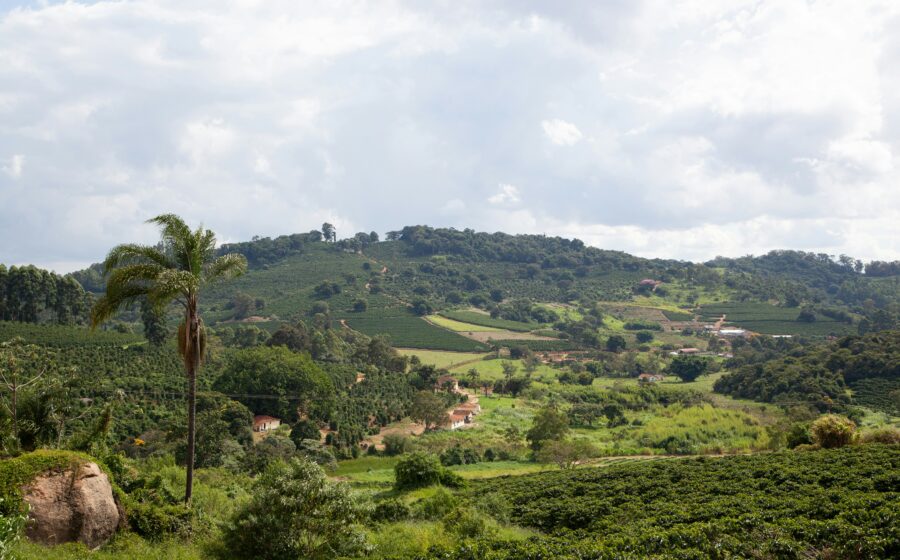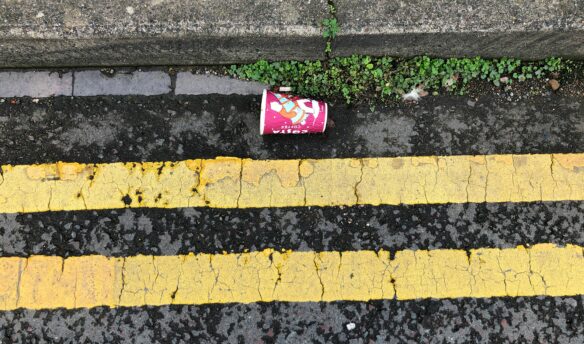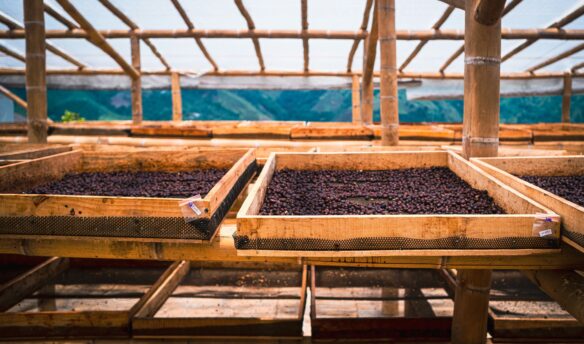✉️ This story was featured in this week’s Coffee News Club
👋 Get the Coffee News Club newsletter in your inbox weekly—sign up.
As global coffee demand continues to grow, production has struggled to keep up. Along with rising demand, coffee production has oscillated over the last few years as farms have been impacted by climate change. Extreme weather—including droughts in Brazil and Vietnam—has caused years of supply deficits and driven up coffee prices.
However, higher prices have encouraged farmers to plant more coffee, according to Vanusia Nogueira, the executive director of the International Coffee Organization (ICO). More coffee plants will bolster supply—but not for a few years. “These are plantations that will start producing in about three years, so then, in three years, we should have some additional supply,” Nogueira said at an event in Brazil.
Nogueira anticipates that 2026 may bring an end to several years of coffee deficits, where demand outstrips supply worldwide. However, she noted that it depends on whether climate change and erratic weather patterns continue to impact coffee production.
Data from the financial services company StoneX, reported on by Dayanne Sousa for Bloomberg, shows that Brazil has planted 300 million new robusta seedlings in 2025. Once they start producing, these trees should boost production by two million 60 kg bags, or over 2.5 million pounds of green coffee.
Where the land is coming from for these new plantings isn’t clear. Deforestation remains an issue in coffee production—nearly two million hectares of forest were replaced by coffee between 2001 and 2015, according to the World Resources Initiative’s Global Forest Review. At the same time, the European Union’s incoming deforestation regulation continues to face pushback from large companies.
Read the full story on expanding coffee production from Sprudge here.
















